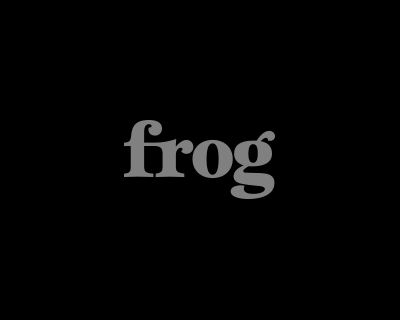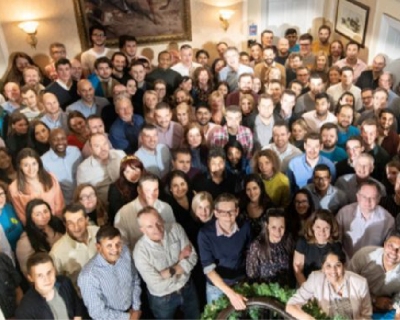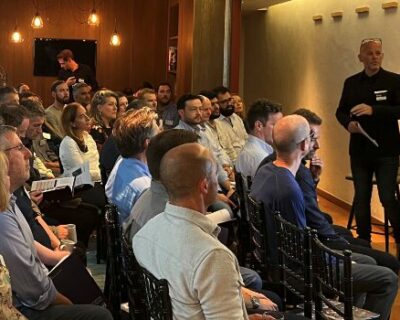As we continue our series on the evolution of how the marketing function evolves in the scale-up journey, one area we haven’t focused on is the role of TV.
More often than not, early-stage businesses will tend to focus solely on digital marketing, given the expense and perceived difficulty in tracking and attributing TV. However, our view is that these channels are not mutually exclusive but are two sides of the same coin. While digital marketing may be more appropriate and efficient at attracting your first adopters, TV plays an integral role in crossing the chasm and reaching a broader audience. TV works. As Rich Lehrfeld of American Express once said:
“We need to run two weeks of digital to get the reach of one day of broadcast.”
While the size and breadth of American Express’ campaigns will be on a different level to most scale-ups’ campaigns, the underlying point remains that TV can give you access to a much broader customer base and is an important step in the brand-building process. This is an area where the TV format can be very complementary with digital. Consistent communication across media types will truly reinforce your message. Just look at some of the most world’s most iconic brands – you immediately know that you’re watching an Apple advert before you’ve seen the logo.
For around £50k, you can run a national-scale ad campaign – while this is far from an insignificant figure, it’s probably less than you imagined! Depending upon your product, you’re more likely to get the most value for your money during the day, which is off peak. Targeting digital channels over terrestrial can be cost-effective, especially channels that are relevant to your company (e.g. The History Channel for a genealogy website). Additionally, sponsorship of particular programmes is another tool that is often underused (although can be relatively expensive).
When to begin your TV strategy is an important question. We’ve found that it is often easier to do it earlier with higher value products. These customers have inherently greater acquisition costs and therefore give you more margin for error when refining your campaign. However, before turning on TV, it is important to be confident with your key messages. Using social is a good, cheaper way to hone it.

While attribution still remains an inexact science, products like Google Attribution 360 go a long way to solving that problem. We have found from our portfolio companies that traffic spike associated with a TV slot are usually patently obvious and the long-term attribution is negligible. However, Google Attribution can be helpful in terms of gaining a better understanding of your most engaged audiences and optimising your targeting accordingly.











